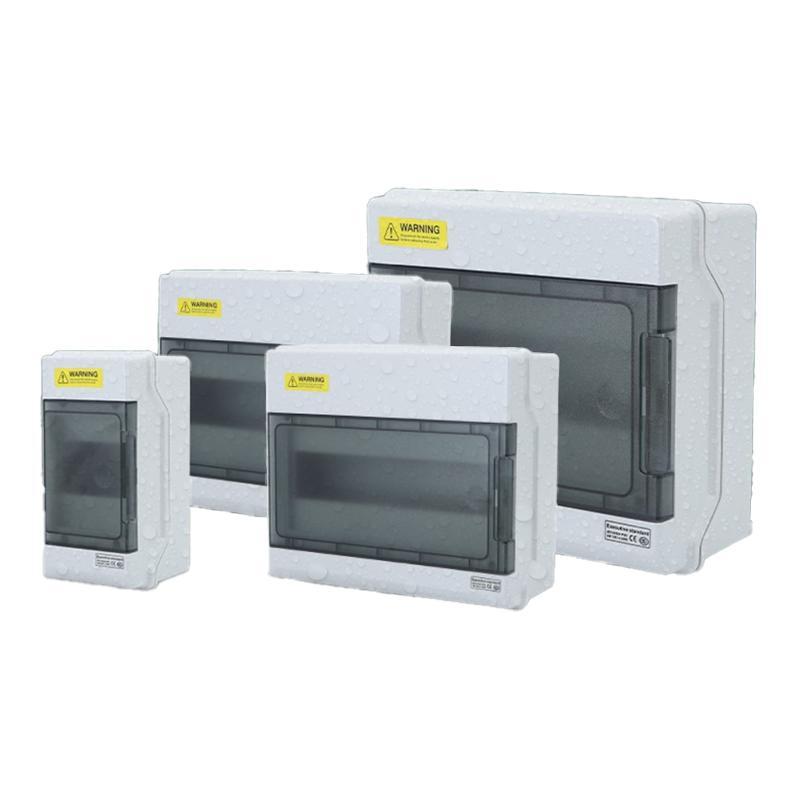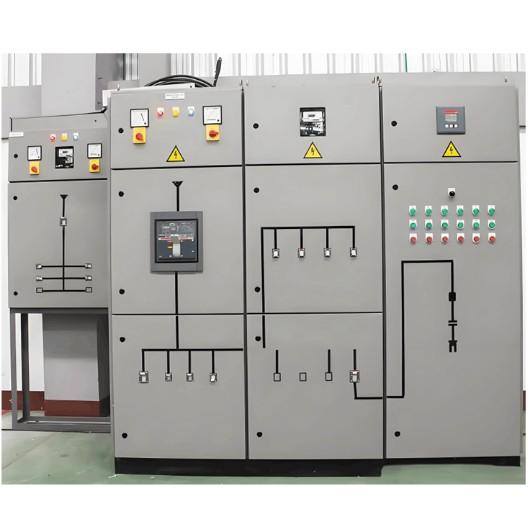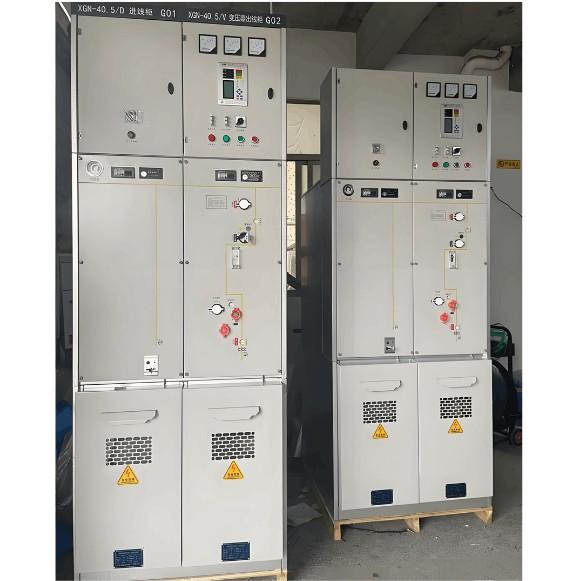- Product
- Suppliers
- Manufacturers
- Solutions
- Free tools
- Knowledges
- Experts
- Communities
Search
-
أدوات مجانية
-
IEE Business يقدم أدوات مجانية مدعومة بالذكاء الاصطناعي لتصميم الهندسة الكهربائية وميزانية شراء الطاقة أدخل المعطيات اضغط على حساب واحصل على نتائج فورية للمحولات الأسلاك المحركات تكاليف المعدات الكهربائية والمزيد موثوق بها من قبل المهندسين في جميع أنحاء العالم
-
-
الدعم والرعاية
-
IEE-Business يدعم الحلول الرائدة والشركات والخبراء - مما يخلق منصة تلتقي فيها الابتكارات مع القيمالمعرفة الفنية الممتازةانضم وشارك المعرفة الفنية لكسب الأموال من الرعاةحلول أعمال ممتازةانضم وإنشاء حلول أعمال لكسب المال من الرعاةخبراء أفراد بارزونعرض مواهبك للرعاة اكسب مستقبلك
-
-
المجتمع
-
بناء مجتمعك المهنيابحث عن الأقران في الصناعة وقم بالاتصال بهم، والشركاء المحتملين وصانعي القرار لتنمية عملكتوسيع شبكة معارفك الشخصيةاتصل بأقرانك في الصناعة والشركاء المحتملين وصناع القرار لتسريع نموكاكتشاف المزيد من المنظماتاستكشاف الشركات المستهدفة والشركاء والقادة الصناعيين لفتح فرص أعمال جديدةJoin Diverse Communitiesشارك في مناقشات تركز على المواضيع وتبادل الصناعة ومشاركة الموارد لتعزيز تأثيرك
-
-
الشراكة معنا
شريك
-
-
انضم إلى برنامج شريك الأعمال IEE Business Partner Programتمكين نمو الأعمال من الأدوات التقنية إلى التوسع التجاري العالمي
-
-
-
العربية
-
- English
- Afrikaans
- العربية
- Azərbaycan dili
- български
- বাংলা
- Català
- Cebuano
- čeština
- Dansk
- Deutsch
- Ελληνικά
- Esperanto
- Español
- Eesti keel
- Euskara
- دری
- فارسی
- suomi
- Filipino
- français
- Gaeilge
- Galego
- Hausa
- עברית
- हिन्दी
- Hrvatski
- magyar nyelv
- հայերեն
- Bahasa Indonesia
- Íslenska
- Italiano
- 日本語
- ქართული
- Қазақ тілі
- ಕನ್ನಡ
- 한국어
- Kurdî
- Latina
- Latviešu valoda
- македонски јазик
- Bahasa Melayu
- Malti
- नेपाली
- Nederlands
- Norsk
- ਪੰਜਾਬੀ
- polski
- پښتو
- Português
- Русский язык
- සිංහල
- Slovenščina
- српски језик
- Svenska
- Kiswahili
- தமிழ்
- తెలుగు
- ไทย
- Tagalog
- Türkçe
- українська мова
- اردو
- Oʻzbek tili
- Tiếng Việt
-
-
العربية
-
- English
- Afrikaans
- العربية
- Azərbaycan dili
- български
- বাংলা
- Català
- Cebuano
- čeština
- Dansk
- Deutsch
- Ελληνικά
- Esperanto
- Español
- Eesti keel
- Euskara
- دری
- فارسی
- suomi
- Filipino
- français
- Gaeilge
- Galego
- Hausa
- עברית
- हिन्दी
- Hrvatski
- magyar nyelv
- հայերեն
- Bahasa Indonesia
- Íslenska
- Italiano
- 日本語
- ქართული
- Қазақ тілі
- ಕನ್ನಡ
- 한국어
- Kurdî
- Latina
- Latviešu valoda
- македонски јазик
- Bahasa Melayu
- Malti
- नेपाली
- Nederlands
- Norsk
- ਪੰਜਾਬੀ
- polski
- پښتو
- Português
- Русский язык
- සිංහල
- Slovenščina
- српски језик
- Svenska
- Kiswahili
- தமிழ்
- తెలుగు
- ไทย
- Tagalog
- Türkçe
- українська мова
- اردو
- Oʻzbek tili
- Tiếng Việt
-























